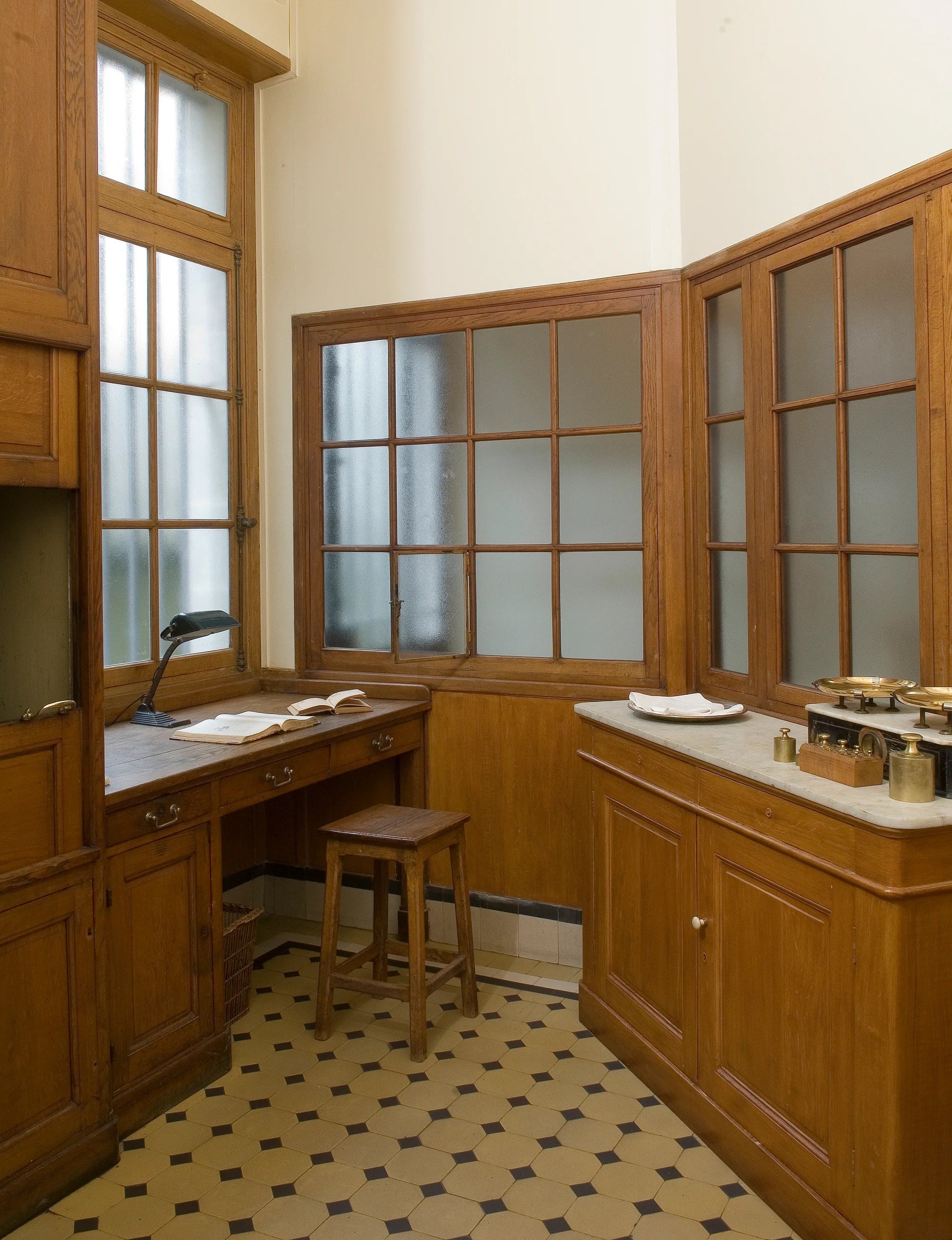cement tile — a colorful history
by clé tile | published: May 04, 2023

Original tile patterns from Herbert Minton (source)
more than a decade ago, clé founder Deborah Osburn saw the potential of cement tile — a durable, colorful material traditionally used throughout Europe, but seldom seen in the United States. what little cement tile there was on these shores at that time was black-and-white, mass-produced and of low quality.
clé started a tile revolution by designing and sourcing artisan-crafted cement tile in a sophisticated but approachable palette, patterns from traditional to modern, and shapes and sizes beyond the workmanly square floor tiles America had previously known. and in 2022, clé began to usher in a new era of cement with the cinema collection, a radically new approach to pattern, color and shape, designed for creating spaces that are vibrant, expressive, and sophisticated.

Cement tiles, Chile

stepping back in time
while we gladly accept kudos for bringing the beauty and versatility of cement tile to new awareness in the US, we can't take credit for inventing it. In the mid-1800s, drawing on centuries of Moorish influence, artisans in Catalonia, Spain, developed the process for making cement tile that is still, more or less, used today. by infusing fine cement powder with rich pigments, pouring the mixture into a mold, pressing it into dense, flat tiles and curing those tiles until they harden, Spanish artisans were able to create a durable surface material without the need for a kiln.



Original tile patterns from Herbert Minton (source)

and by separating different colors using removable metal dividers (called trepa) within the mold, they were able to create multi-hued tiles, allowing rich pattern to unfold across floors and walls much more easily and affordably than with mosaic tile. the process of inlaying the pattern, rather than painting it on the surface, was similar to the encaustic process pioneered by Herbert Minton in England in the 1830s for clay tile, and it is often referred to by the same name, though encaustic tiles began as a fired ceramic tile, cement tile also became known throughout the world as encaustic cement tile — and is still known in most countries by this term.

Gaudi’s cement tiles at La Pedrera (source)
among those who embraced the creative possibilities of this new material was the Catalan modernist architect Antoni Gaudi, who commissioned cement tile for the floors of his own home, as well as other prominent projects in Barcelona and elsewhere.

Original cement flooring remains in this 1930s apartment in Barcelona. Photography: Fantastic Frank
from Spain to France and beyond
Spanish cement tiles were shown in Paris at the International Exposition of 1867, and it wasn’t long before the French adopted the process and infused it with their own sense of style. offering the fluidity of paint and the durability of stone, cement proved to be the ideal medium for achieving the flowing lines and nature-based motifs of the late 19th-century Art Nouveau movement, as well as the more graphic and linear expressions of Art Deco. Some of the loveliest cement tiles of the 19th century were produced in southern France, near the large limestone deposits of Viviers.

Kitchen floor tiles at Musée Nissim de Camondo, Paris, built in 1911 (source)

Eventually cement tile spread across Europe and out to the colonies — from France to Vietnam and from from spain to cuba to france, where it is so much a part of the architectural and cultural heritage, cement tile has developed more names than typical tiles, including: hydraulic tiles, hidraulicos, encaustic, encaustic cement tiles, mosaicos hidraulicos, ladrilhos hidraulicos, baldosas hidraulicas, carreaux de ciment or carrelages du ciment. in each new place, the tiles were made using local materials and the colors and patterns evolved, over time, to reflect local tastes and traditions.
America, then and now
by the start of the 20th century, cement tile had made its way to England and America. crafted with fine Portland cement, it graced palaces, hotels, churches and other prominent buildings until the 1940s, when new, mass-produced materials pushed it out of prominence.

Minton encaustic tiles in the US Capitol Building (source)

clé is proud to have been instrumental in reviving the use of cement tile in the United States, and in bringing this traditional material into the modern era with our bold, expressive, endlessly adaptable cinema collection. Like their historic predecessors, clé’s cement tiles are handcrafted, one at a time, yielding subtle variations in shading from piece to piece. And like the antique cement tiles Deborah Osburn first saw in her travels, they will patina over time, reflecting lives well-lived in the spaces they adorn.

clé cement standards criss cross square. design: hendley + co. / photo: bone design nyc.

clé cinema collection mythology duo in mallard and forest. Design / photo: AV Studio by Aerin